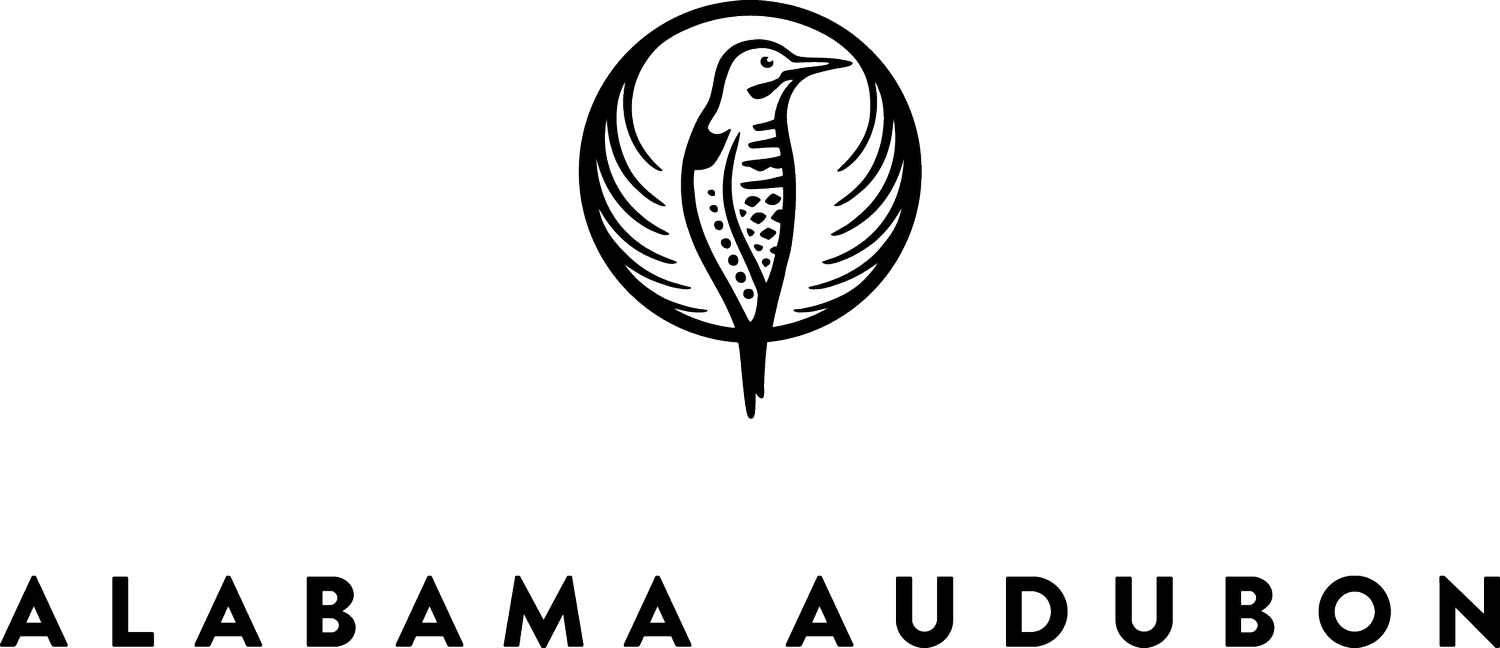
Project Safe Flight
An estimated 1.28 billion birds die from colliding with windows annually in the United States. It is the second leading cause of bird deaths in North America. Simply put, birds do not see glass—only the trees, shrubs, or sky it reflects. At times, they may seek refuge in atriums or in buildings within which plants are placed near windows, leading to further vision distortion. In many instances, two windows placed directly across from one another can create the illusion of a corridor through which a bird might attempt to fly. Nearly half of window strikes occur at residential and low rise windows, with the rest occurring in cities with larger buildings that are covered in glass and bright lights.
WHAT YOU CAN DO
JOIN THE SAFE FLIGHT TEAM
Led by Dr. Lianne Koczur, our Science & Conservation Director, you will have the opportunity to become part of a team that collects important data on bird-window strikes, which will be used to help us direct conservation actions. There are many ways for you to assist our efforts. If you would like to join the team, please volunteer—we would love to have you!
MAKE YOUR WINDOWS BIRD-SAFE
There are a variety of inexpensive products that can be applied to the outside surface of windows. American Bird Conservancy has tested many products, including ABC Bird Tape, 3M Feather Friendly Design, and Acopian Bird Savers (Zen curtains). See helpful resources list below.
If you purchase decals online, remember to follow the 2” x 4” rule, or even better, the 2” x 2” rule, and place them on the outside surface of the glass. This means that the decals must be spaced 2” apart horizontally (in rows) and 4” apart vertically (lines running up and down). This is the minimum space a bird can fly through, and if the decals are too far apart, you will continue to have birds colliding with the window. It’s important to place stickers or decals on the outside surface of glass because this will break up any reflections that may attract birds and will also improve general visibility to birds. UV stickers and decals are often ineffective because of poor spacing and will lose their UV in a short period of time. Hawk silhouettes are also ineffective due to poor spacing, and they do not “scare” birds away from glass.
MOVE YOUR BIRD FEEDERS
Place your bird-feeders within three feet of your windows. This diminishes the momentum gained by birds taking flight and reduces the likelihood of fatal impacts. We also recommend placing bird-feeders near bushes or something similar so birds can seek shelter from predators.
TURN OFF YOUR LIGHTS
Turn off lights off from 11pm to 6AM. Since many birds migrate at night, this practice is especially important during migration seasons. If lights must be on, make sure they are shielded downward so that birds don’t get trapped in the upward beam of light. Placing the lights on timers or motion sensors would help.
Sign up for Lights Out alerts! Subscribe to the email list to get alerted when there will be high migration nights so you can turn out your lights and help to give birds the dark skies they need to safely migrate.
IF YOU FIND A STUNNED BIRD
It is important to get a stunned bird to a federally licensed avian wildlife rehabilitation facility as soon as possible. These birds may seem to wake up after a short period of time, but they can succumb to head trauma or internal injuries from the collision even after 24 hours.
Gently pick the bird up and place it in a cardboard box lined with a paper towel or soft cloth.
Keep the box in a quiet, warm, and dark place until you are able to transport it to a rehabilitation facility.
Do not offer the bird food or water, as you may end up harming the bird further through aspiration, or introducing food and/or water into the airway.
Do not hold the bird in your hand. This can cause even more stress and harm to the bird and can diminish its chances of recovery.
If you do find a deceased or injured bird, you can make an important contribution to bird mortality research by filing a report at DBIRD.ORG.
DONATE TO PROJECT SAFE FLIGHT
Help us make Alabama’s cities safer for birds by donating to our Project Safe Flight Initiative.
HELPFUL RESOURCES
The following websites have a variety of helpful resources including ways to make your windows bird-friendly.
THANK YOU
Thank you to these organizations for making their windows safe for birds!
University of Alabama - Birmingham: Heritage Hall
University of Alabama - Birmingham: Altec/Styslinger Genomic Medicine & Data
Auburn University: College of Forestry, Wildlife and Environment
Auburn University: Greene Hall
Kreher Nature Preserve
Alabama Wildlife Center
BhamNow
The Nature Conservancy
Rev
Birmingham Zoo
Kinetic
Ruffner Mountain Nature Center

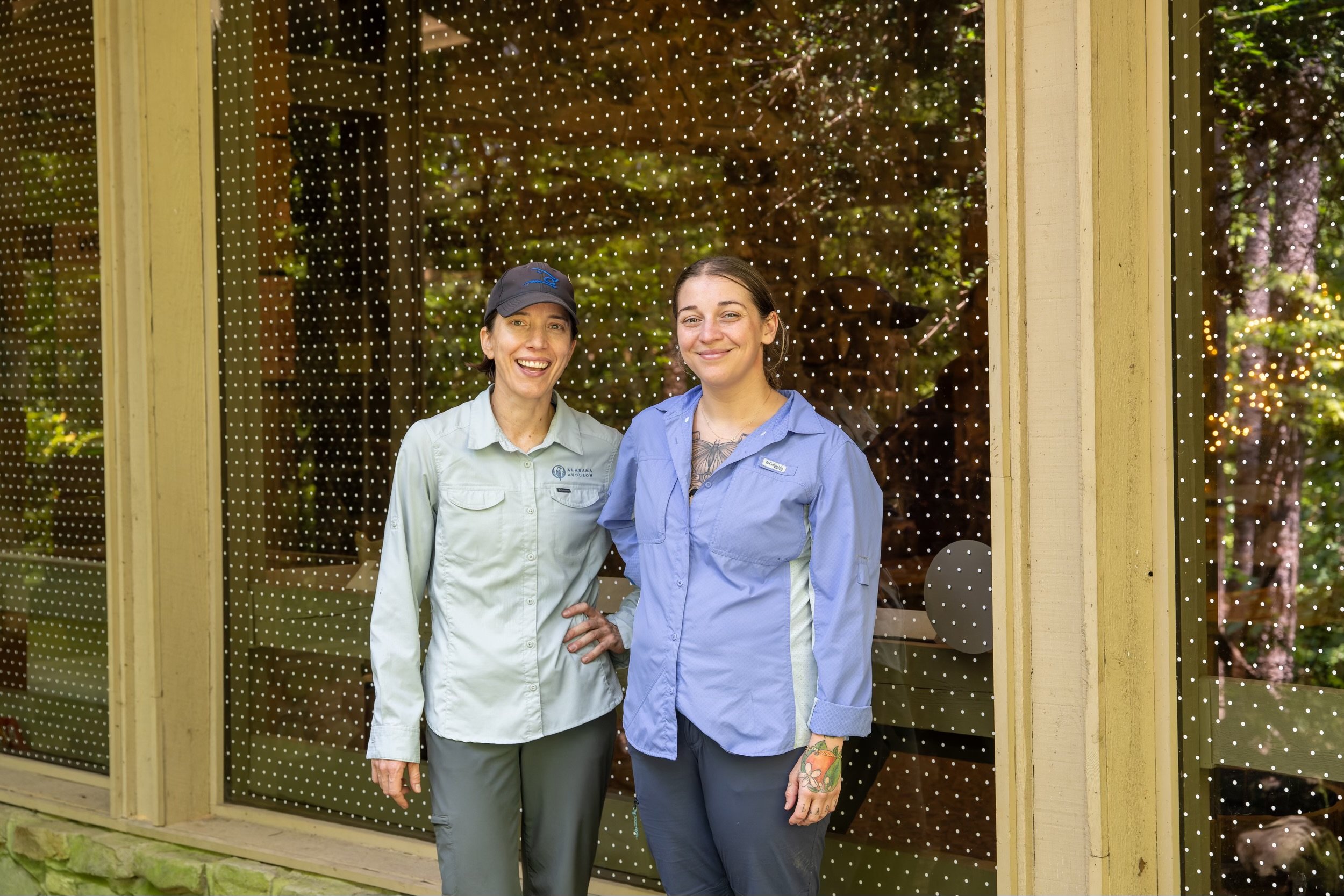




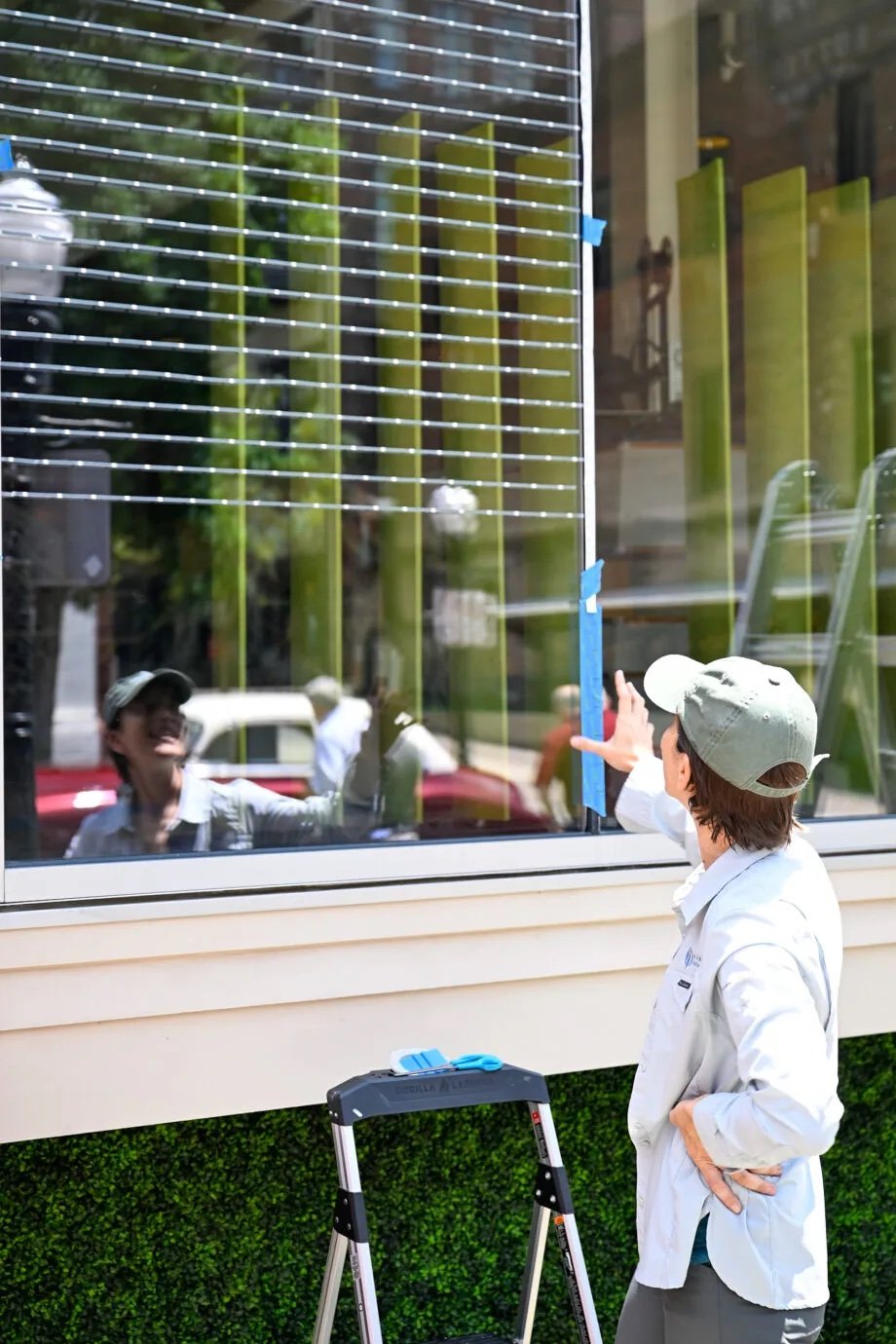










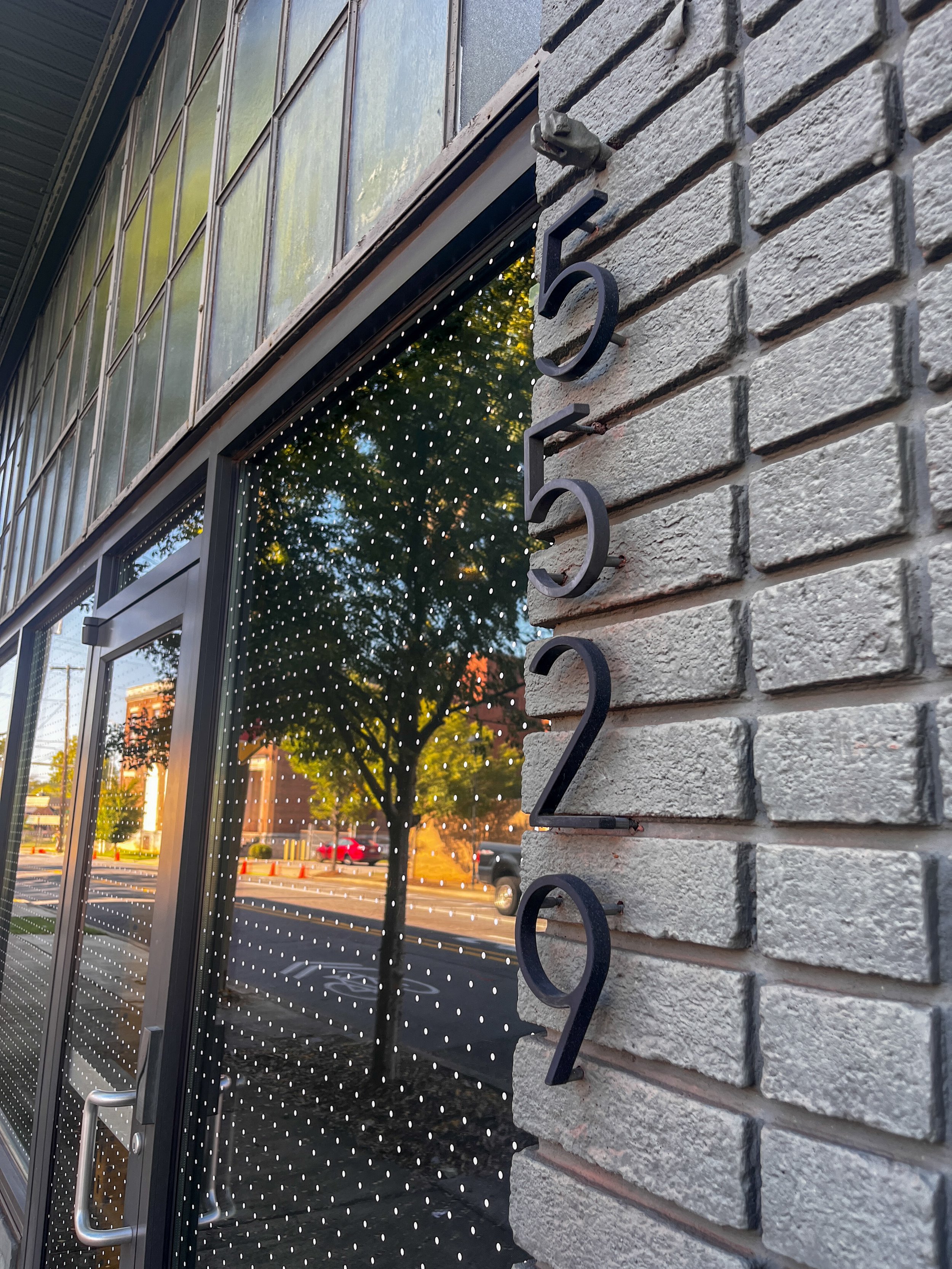
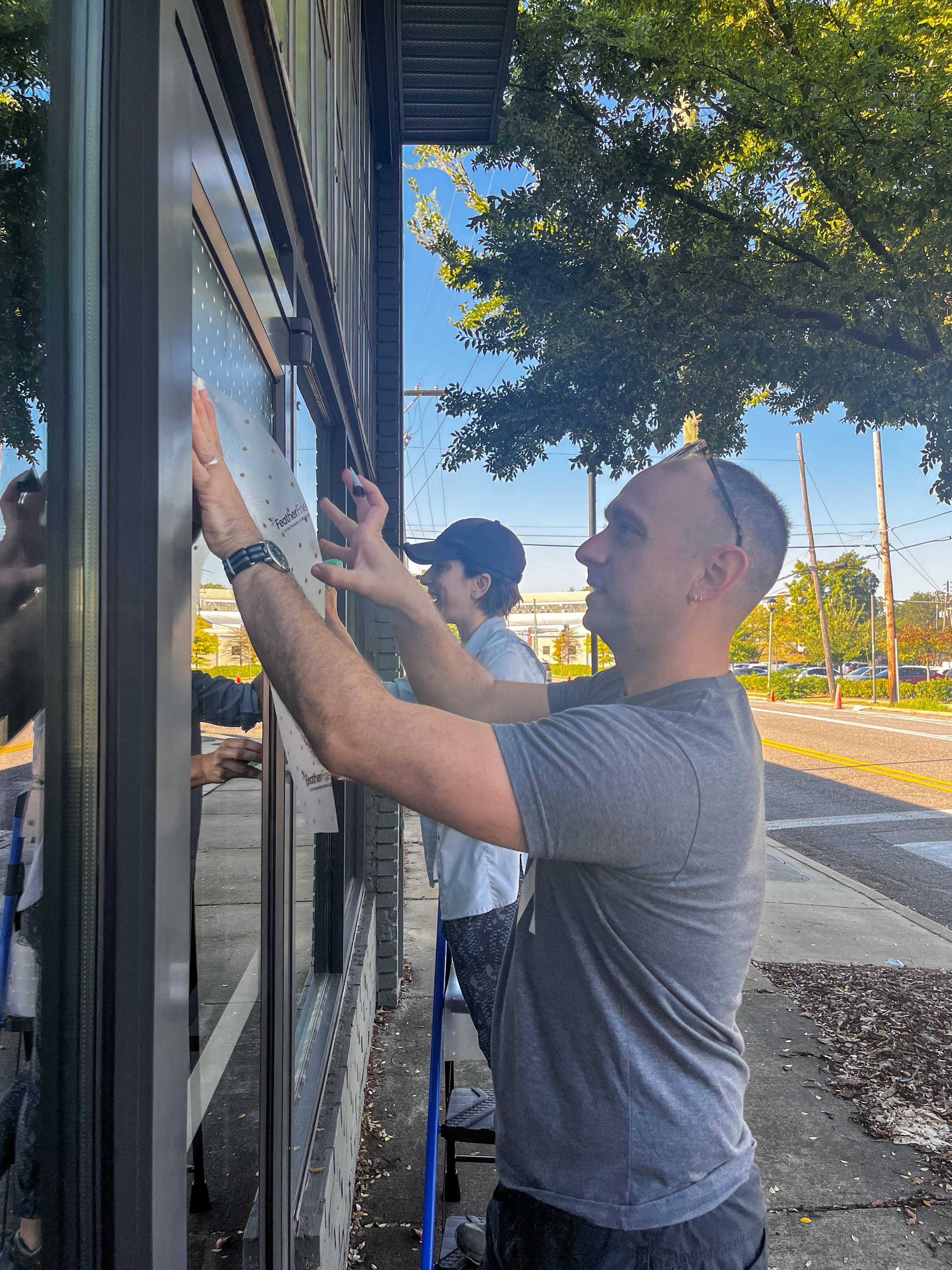

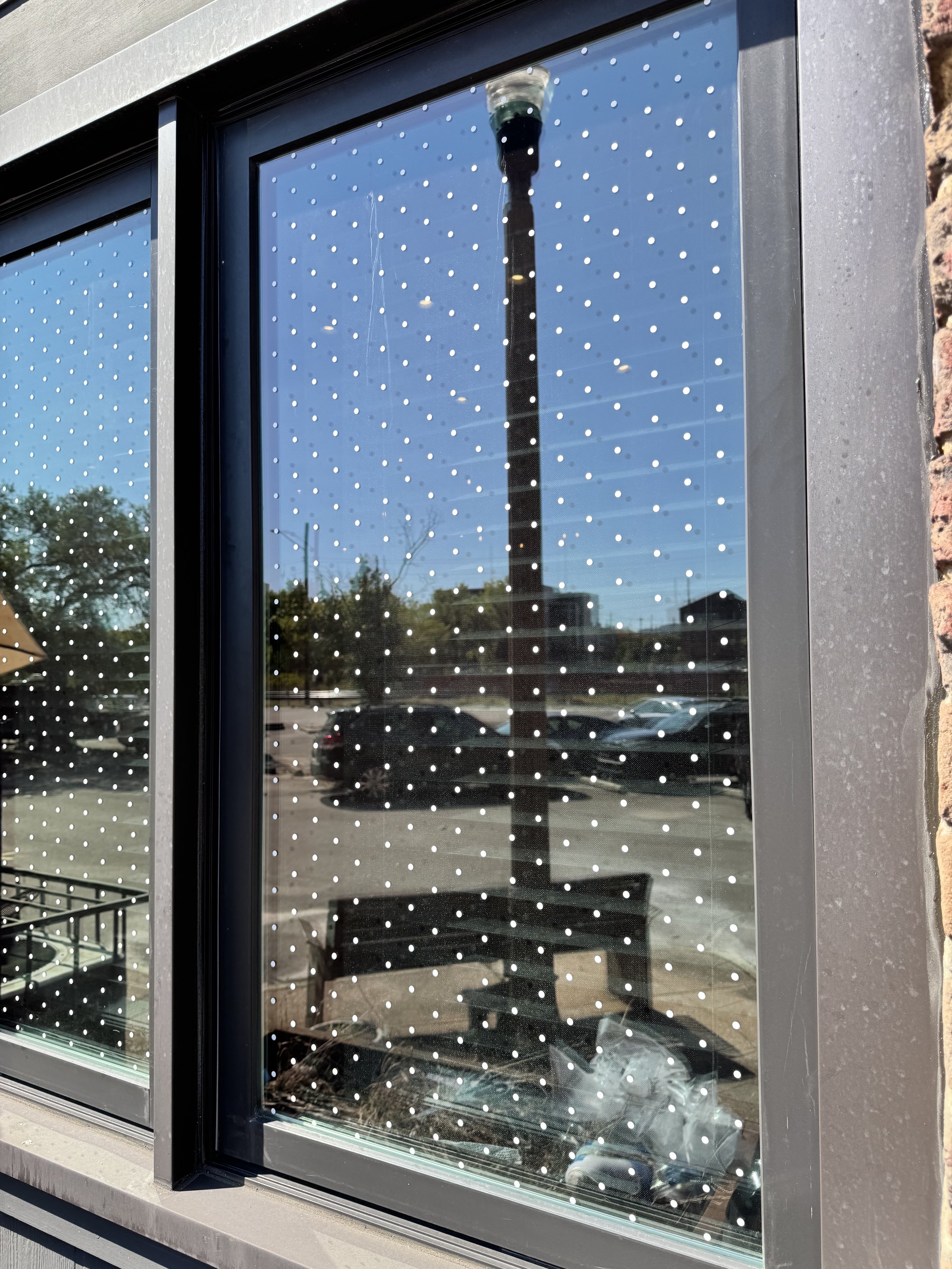
Several photos provided by Cliff Martin/Bham Now.
Funding for Project Safe Flight has come from a National Audubon Society Collaborative Grant, EBSCO Community Impact Grant, Protective, Cliff and Cindy Martin, and private donations. Thank you to everyone that has supported this project!
